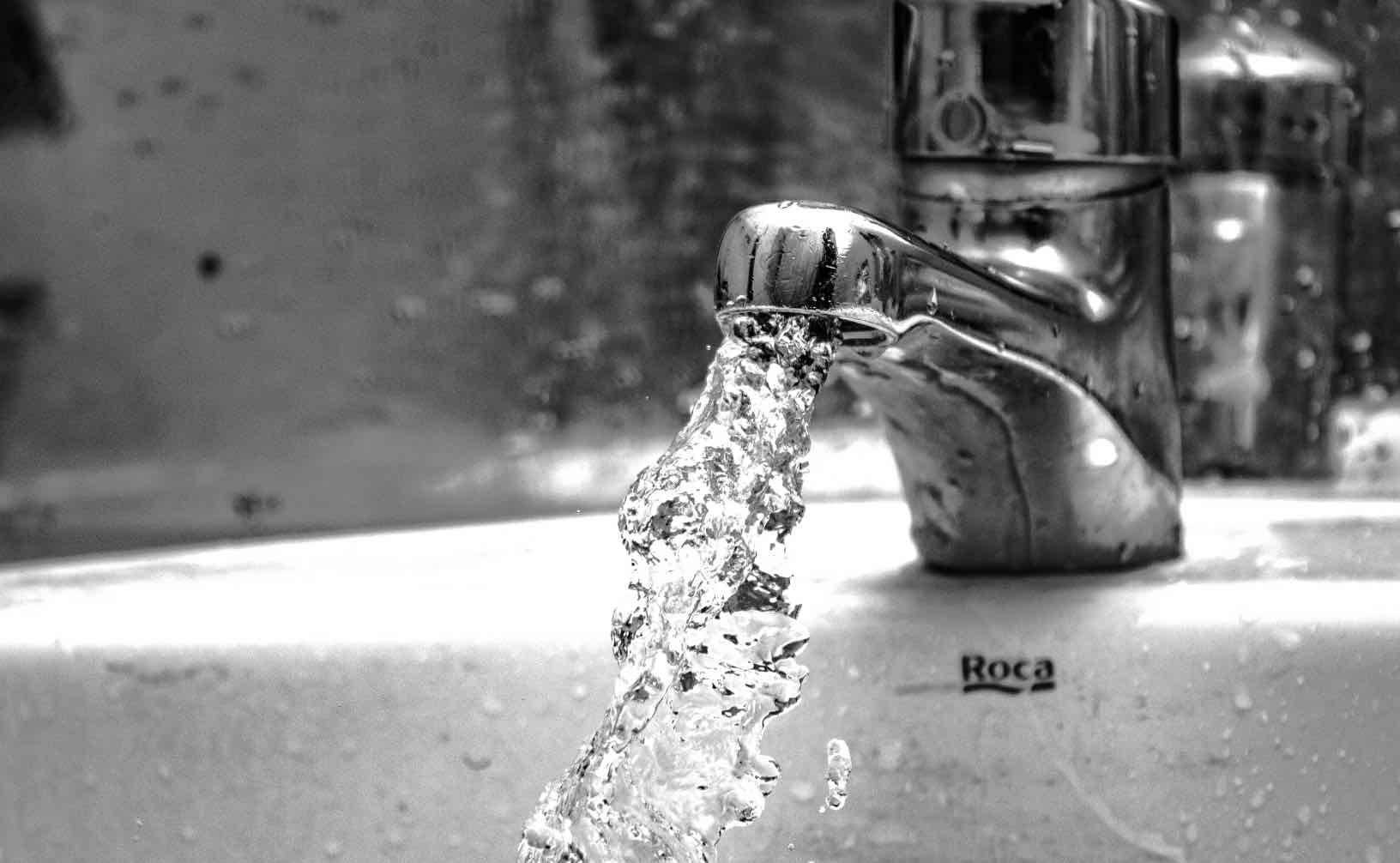
02 Jan How to Detect Water Leaks Inside Walls
Water leaks inside walls are insidious problems that, if left unchecked, can lead to significant damage to your home’s structure, promote mold growth, and result in costly repairs. Unfortunately, these leaks are not always immediately apparent, making early detection crucial. This blog will delve into innovative strategies and practical advice for uncovering hidden water leaks inside walls, equipping homeowners with the knowledge to tackle this hidden menace effectively.
Understanding the Signs of a Hidden Leak
Before delving into detection methods, it’s important to recognize the signs that might indicate a leak within a wall. These can include:
- Unusual musty odors
- Persistent mold or mildew on walls or baseboards
- Peeling paint or wallpaper
- Warping or staining on walls or ceilings
- Unexplained increase in water bills
Innovative Detection Techniques
- Infrared Thermography: This advanced technique involves using an infrared camera to detect temperature differences in walls. Cooler areas may indicate the presence of a water leak. While primarily used by professionals, infrared thermometers are becoming more accessible for homeowner use.
- Acoustic Listening Devices: Some leaks emit a sound as water escapes from pipes. Acoustic listening devices amplify these sounds, helping homeowners or professionals locate the source of a leak.
- Moisture Meters: These devices can detect and measure the moisture content in walls. Elevated moisture levels can indicate the presence of a leak. There are two types: pin-type meters that penetrate the surface and non-invasive meters that use radio frequency to measure moisture.
Step-by-Step Guide to Finding a Water Leak Inside a Wall
- Observe and Document: Keep a record of any signs of leaks or damage. This information can be valuable in pinpointing the leak’s location and assessing its severity.
- Use Your Senses: Pay attention to musty odors and listen for the sound of running or dripping water. These sensory clues can lead you closer to the leak.
- Inspect Plumbing Fixtures: Check the plumbing around bathrooms, kitchens, and laundry rooms. Look for signs of water staining or damage on the walls adjacent to these fixtures.
- Employ Detection Tools: Use moisture meters, infrared cameras, or acoustic devices to investigate areas of suspicion more deeply.
- Consult a Professional: If the above steps don’t reveal the leak, or if you’re unsure of your findings, it’s time to call a professional. Plumbers and leak detection specialists have the tools and expertise to locate and repair hidden leaks.
Preventative Measures and Maintenance Tips
- Regular Inspections: Conduct regular inspections of your home’s plumbing system and keep an eye out for the early signs of leaks.
- Maintain Plumbing: Replace old or corroded pipes and fixtures as needed. Regular maintenance can prevent many leaks from occurring.
- Monitor Water Pressure: High water pressure can stress pipes and lead to leaks. Ensure your home’s water pressure is within a safe range.
- Ventilate and Control Humidity: Proper ventilation and humidity control can prevent condensation and moisture buildup, reducing the risk of leaks and mold.
Conclusion
Detecting a water leak inside a wall requires vigilance, the right tools, and sometimes professional intervention. By understanding the signs of a hidden leak and employing innovative detection techniques, homeowners can prevent the severe consequences of unchecked water damage. Remember, early detection is key to protecting your home’s integrity and ensuring a healthy living environment. Regular inspections and maintenance, combined with a proactive approach to any signs of trouble, will keep your home safe and dry for years to come.
